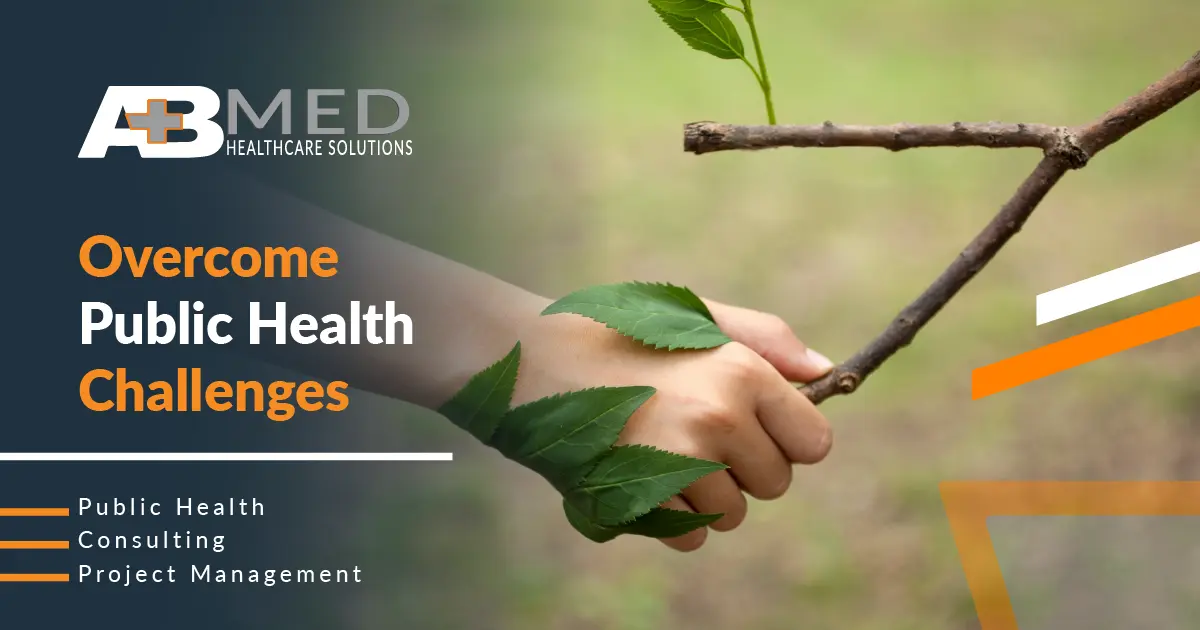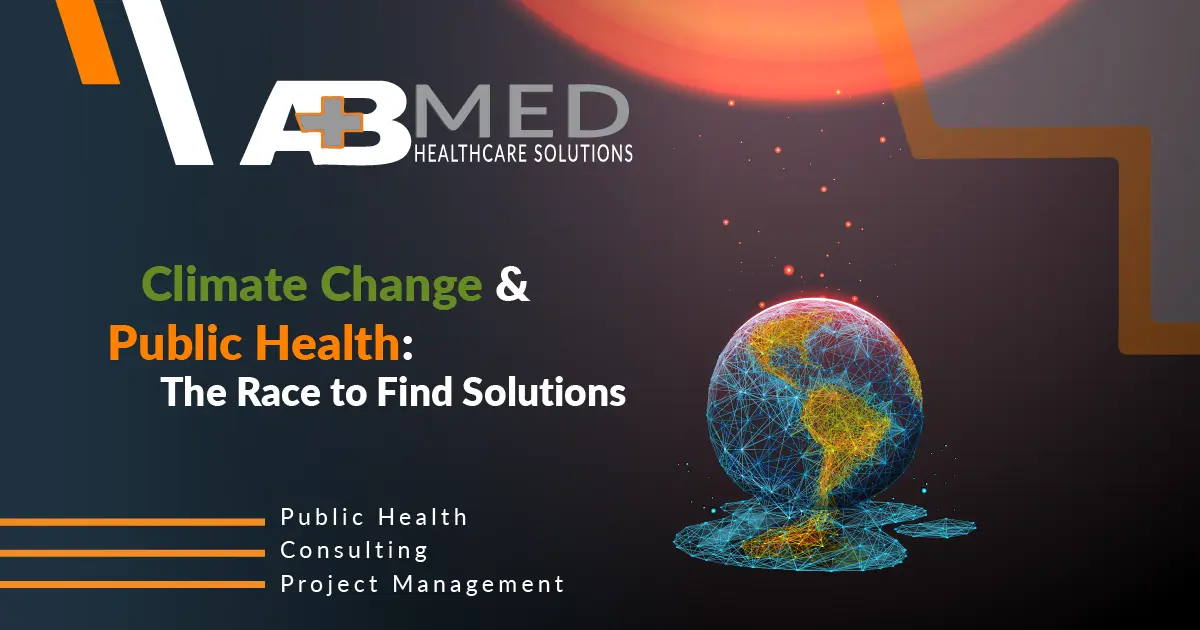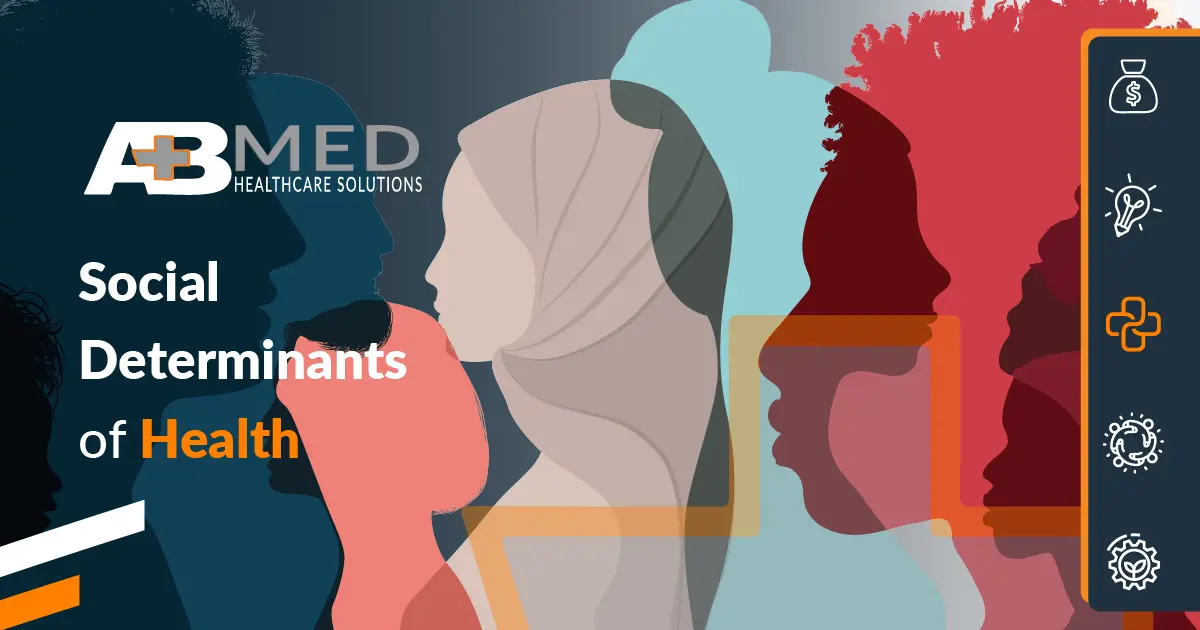The dynamic world of public health management is filled with opportunities to make a real impact on people’s lives. However, as a healthcare leader, you constantly face new challenges requiring nimble strategies and innovative solutions. In this article, we discuss the top five public health challenges that every health organization leader should tackle and explore evidence-based approaches for addressing them.
Top 5 Public Health Challenges Every Health Organization Leader Should Tackle
Navigating the complex landscape of public health management can be daunting, but by focusing on these top five challenges, you can significantly enhance your organization’s impact. Each of these areas represents a vital aspect of public health leadership, and by addressing them head-on, you can maximize your resources, drive innovation, and ultimately, improve the health and well-being of your community. So, let’s dive into these key challenges and explore strategies to tackle them effectively.
Crafting and Implementing Winning Health Policies
Successful public health management relies on well-designed health policies [i]. As a leader, it’s crucial to stay ahead of the curve by mastering best practices, legislation, and evidence-based approaches.
Here are three evidence-based successful approaches for crafting and implementing winning health policies:
Multi-Sectoral Collaboration
Collaboration between various sectors, such as healthcare, education, housing, and transportation, is vital for addressing the social determinants of health and improving population health outcomes. The Health in All Policies (HiAP) approach is an example of a strategy that integrates health considerations into decision-making across sectors and policy areas. [ii]
Community Engagement and Participation
Actively involving community members and stakeholders in policy development and implementation ensures that health policies are tailored to the needs and preferences of the targeted population. Community-based participatory research (CBPR) is an effective approach that engages communities as partners in the research process, enabling more culturally relevant and sustainable public health policies. [iii]
Continuous Evaluation and Monitoring
Regular monitoring and evaluation of health policies are crucial for measuring their effectiveness and informing necessary adjustments. The use of performance indicators and data-driven evaluation frameworks allows policymakers to assess policy implementation progress and outcomes, ensuring that health policies remain relevant and impactful. [iv]

Mastering the Art of Public Health Resource Allocation
Resource allocation is the backbone of successful public health outcomes. [v] As a healthcare executive, consider these evidence-based approaches to optimize your resource allocation strategies:
Prioritization Using Health Impact Assessments (HIAs)
HIAs can help evaluate the potential health effects of proposed projects, policies, and programs, enabling decision-makers to prioritize resource allocation towards initiatives with the most significant health impact. [vi]
Cost-Effectiveness Analysis (CEA)
CEA compares the costs and health outcomes of different interventions, allowing healthcare leaders to allocate resources more efficiently by identifying cost-effective strategies that provide the most significant health benefits per dollar spent. [vii]
Performance-Based Budgeting (PBB)
PBB links funding to the achievement of measurable outcomes, incentivizing public health organizations to improve their performance and utilize resources more effectively. [viii]
Fortifying Your Public Health Infrastructure
Strong public health infrastructure is the cornerstone of a thriving health organization. [ix] To strengthen your infrastructure, consider the following evidence-based approaches:
Health Facility Assessments (HFAs)
HFAs systematically evaluate the quality and capacity of health facilities, providing essential data for planning and decision-making to enhance health infrastructure. [x]
Integrating Geographic Information Systems (GIS)
GIS technology can help health organizations improve infrastructure planning and management by visualizing, analyzing, and interpreting spatial data related to healthcare facilities and services. [xi]
Continuous Quality Improvement (CQI)
CQI is a systematic approach to assessing and enhancing health infrastructure by identifying areas for improvement, implementing evidence-based changes, and monitoring results to ensure sustained improvements over time. [xii]
Building a Dream Team of Public Health Professionals
Invest in workforce development, capacity building, and continuous training to ensure your staff is ready to tackle emerging public health challenges. [xiii] Consider the following evidence-based approaches:
Competency-Based Training Programs
Designing and implementing training programs based on clearly defined competencies can improve the skills and knowledge of your public health workforce, enabling them to perform their roles more effectively. [xiv]
Mentoring and Coaching
Mentoring and coaching programs can provide personalized professional development support, improving job satisfaction and performance, and enhancing staff retention. [xv]
Interprofessional Education (IPE)
IPE encourages collaborative learning among different health professions, fostering teamwork and improving communication, which can lead to better patient outcomes and a more effective public health workforce. [xvi]
Harnessing the Power of Data and Technology
Data and technology hold the key to revolutionizing public health management. [xvii] Implement the following evidence-based approaches to make the most of data and technology in your organization:
Data Standardization and Interoperability
Standardizing data formats and promoting interoperability among health information systems can improve data sharing, streamline data analysis, and enhance decision-making. [xviii]
Telehealth and Remote Monitoring
Leveraging telehealth technologies and remote monitoring devices can expand access to care, improve patient outcomes, and reduce healthcare costs, especially in rural and underserved areas.[xix]
Predictive Analytics
Applying predictive analytics techniques to public health data can help identify emerging health trends, target interventions more effectively, and improve public health planning and decision-making. [xx]
These evidence-based approaches can help you address the top public health challenges and achieve remarkable success in your leadership role. However, overcoming these challenges requires continuous learning, adaptation, and collaboration with stakeholders at various levels.
In addition to the strategies outlined above, consider:
Fostering Partnerships and Collaboration
Building strong partnerships with other public health organizations, academic institutions, private sector entities, and non-governmental organizations can lead to shared resources, knowledge, and expertise, ultimately enhancing your organization’s capacity to tackle public health challenges. [xxi]
Promoting Health Equity
Strive to create a more equitable healthcare system by identifying and addressing health disparities, engaging with marginalized communities, and developing targeted interventions to improve health outcomes for all population groups. [xxii]
Adopting a Holistic Approach to Public Health
Recognizing that public health is influenced by various social, economic, and environmental factors, adopting a holistic approach that considers the interplay of these factors can lead to more effective and sustainable health policies and interventions. [xxiii]
By incorporating these evidence-based approaches and principles, you can navigate the complex landscape of public health management with confidence, leading your organization to greater success in addressing the top public health challenges. Remember that continuous improvement and learning are vital components of successful leadership, and investing in your organization’s workforce, infrastructure, and data-driven decision-making will pay off in the long run.
AB Med: Your Secret Weapon in Conquering Public Health Challenges
Navigating the intricate world of public health management can be a daunting task for even the most seasoned healthcare leader. That’s where AB Med Healthcare Solutions steps in as your secret weapon in conquering public health challenges. We provide expert guidance and customized strategies to address your organization’s unique needs, empowering you to drive positive change and excel in your public health leadership role.
If you’re a healthcare executive or leader ready to unlock expert guidance and support, we invite you to explore our solutions. Contact AB Med Healthcare Solutions today and discover how we can help you achieve your public health goals.
REFERENCES & RESOURCES
- World Health Organization, “Health Policy,” https://www.who.int/topics/health_policy/en/.
- Rudolph, L., Caplan, J., Ben-Moshe, K., & Dillon, L. (2013). Health in All Policies: A Guide for State and Local Governments. Washington, DC and Oakland, CA: American Public Health Association and Public Health Institute. https://www.apha.org/-/media/files/pdf/factsheets/health_inall_policies_guide_169pages.ashx?la=en&hash=A67799FF37FF8FCE7BDE1C0DE6FB0D66
- Wallerstein, N., & Duran, B. (2006). Using Community-Based Participatory Research to Address Health Disparities. Health Promotion Practice, 7(3), 312–323. https://doi.org/10.1177/1524839906289376
- World Health Organization, “Monitoring, Evaluation and Review of National Health Policies, Strategies and Plans,” Monitoring and Evaluation of National Health Policies.pdf (who.int)
...
- Centers for Disease Control and Prevention (CDC). (2018). Introduction to program evaluation for public health programs: A self-study guide. Retrieved from https://www.cdc.gov/eval/guide/index.htm
- National Research Council, “Improving Health in the United States: The Role of Health Impact Assessment,” https://www.nap.edu/catalog/13229/improving-health-in-the-united-states-the-role-of-health.
- Drummond, M. F., Sculpher, M. J., Claxton, K., Stoddart, G. L., & Torrance, G. W. (2015). Methods for the economic evaluation of health care programmes. Oxford University Press.
- Robinson, J. C. (2001). Theory and practice in the design of physician payment incentives. Milbank Quarterly, 79(2), 149-177.
- Public Health Agency of Canada. (2018). Canada’s Chief Public Health Officer’s Report on the State of Public Health in Canada 2018: Preventing Problematic Substance Use in Youth. Retrieved from https://www.canada.ca/en/public-health/corporate/publications/chief-public-health-officer-reports-state-public-health-canada/2018-preventing-problematic-substance-use-youth.html
- World Health Organization, “Service Availability and Readiness Assessment (SARA),” Service availability and readiness assessment (SARA) (who.int)
...
- McLafferty, S. (2003). GIS and Health Care. Annual Review of Public Health, 24(1), 25–42.
- Batalden, P. B., & Davidoff, F. (2007). What is “quality improvement” and how can it transform healthcare? Quality & Safety in Health Care, 16(1), 2–3.
- Centers for Disease Control and Prevention, “Public Health Workforce Development,” https://www.cdc.gov/workforce/index.html.
- Wright, K. B., Rowitz, L., Merkle, A., Reid, W. M., Robinson, G., Herzog, B., … & Balderson, T. R. (2000). Competency development in public health leadership. American Journal of Public Health, 90(8), 1202-1207.
- Straus, S. E., Johnson, M. O., Marquez, C., & Feldman, M. D. (2013). Characteristics of successful and failed mentoring relationships: a qualitative study across two academic health centers. Academic Medicine, 88(1), 82-89.
- Interprofessional Education Collaborative. (2016). Core competencies for interprofessional collaborative practice: 2016 update. Washington, DC: Interprofessional Education Collaborative.
...
- Office of the National Coordinator for Health Information Technology (ONC). (2015). Connecting Health and Care for the Nation: A Shared Nationwide Interoperability Roadmap. Retrieved from https://www.healthit.gov/sites/default/files/hie-interoperability/nationwide-interoperability-roadmap-final-version-1.0.pdf
- Ekeland, A. G., Bowes, A., & Flottorp, S. (2010). Effectiveness of telemedicine: a systematic review of reviews. International Journal of Medical Informatics, 79(11), 736-771.
- Shahid, N., Rappon, T., & Berta, W. (2019). Applications of artificial neural networks in health care organizational decision-making: a scoping review. PloS One, 14(2), e0212356.
- Tackling the global NCD crisis: innovations in law and governance – PubMed (nih.gov)
- Shonkoff, J. P., Garner, A. S., & Committee on Psychosocial Aspects of Child and Family Health. (2012). The Lifelong Effects of Early Childhood Adversity and Toxic Stress. Pediatrics, 129(1), e232-e246. Retrieved from https://pediatrics.aappublications.org/content/129/1/e232
By: Erik McLaughlin MD, MPH and Aikaterini Papadopoulou, B.Arch






